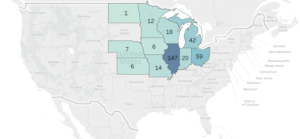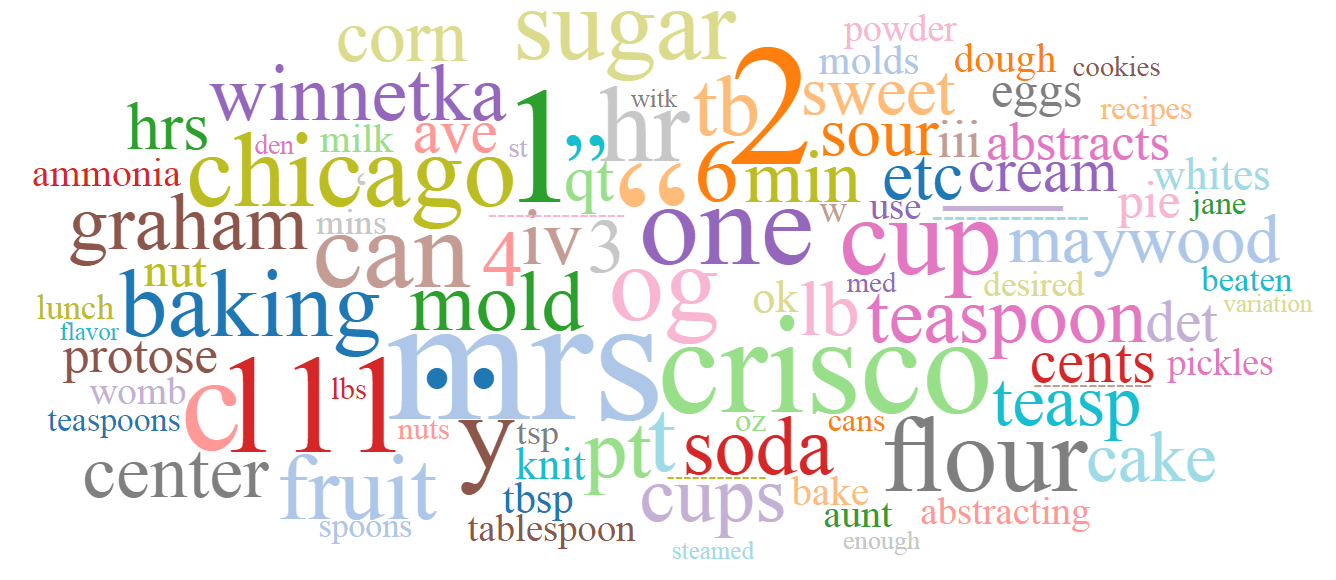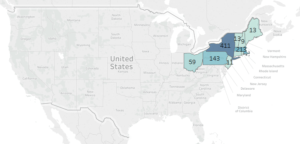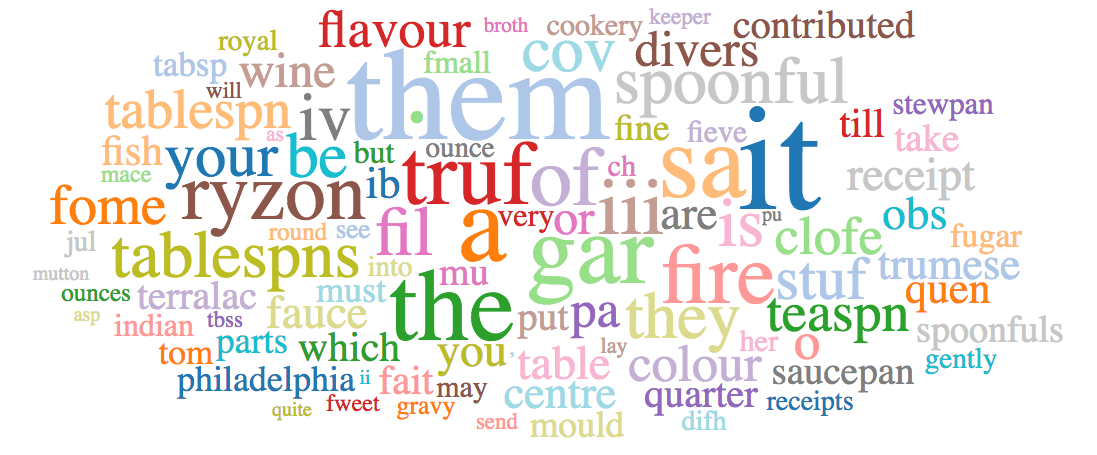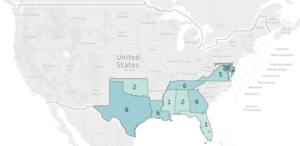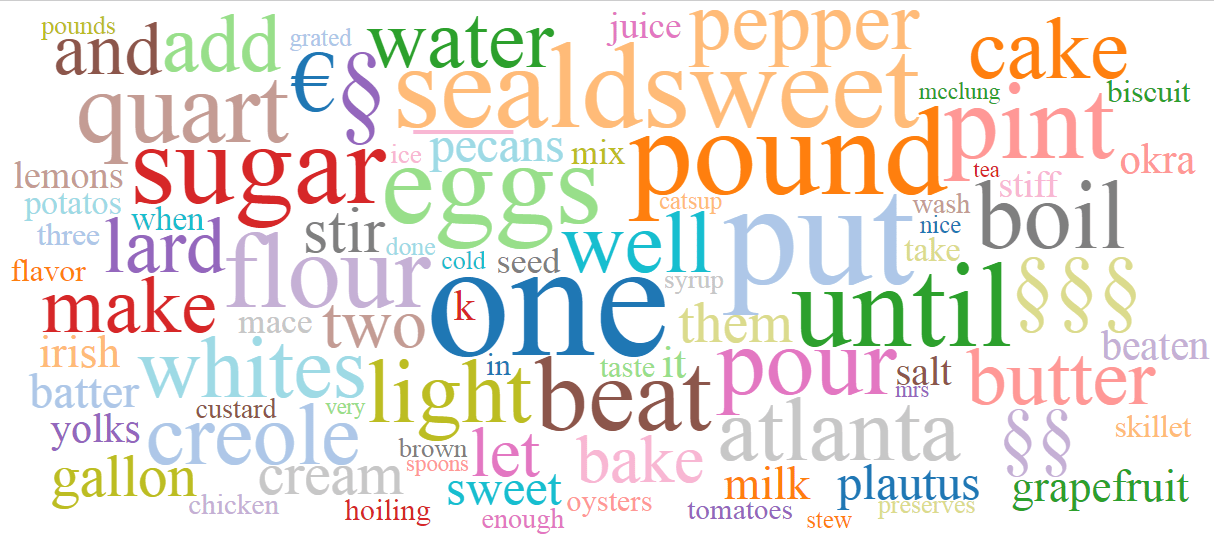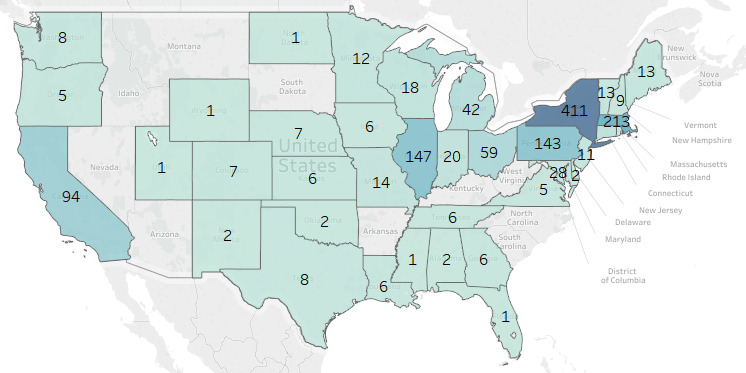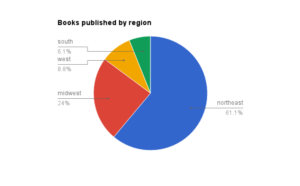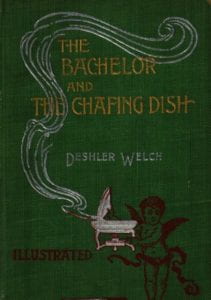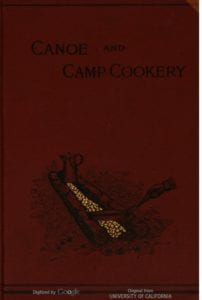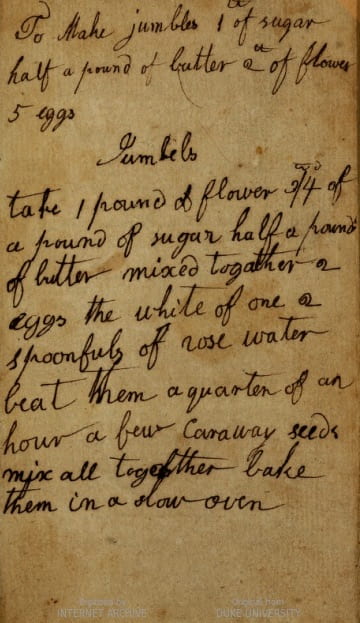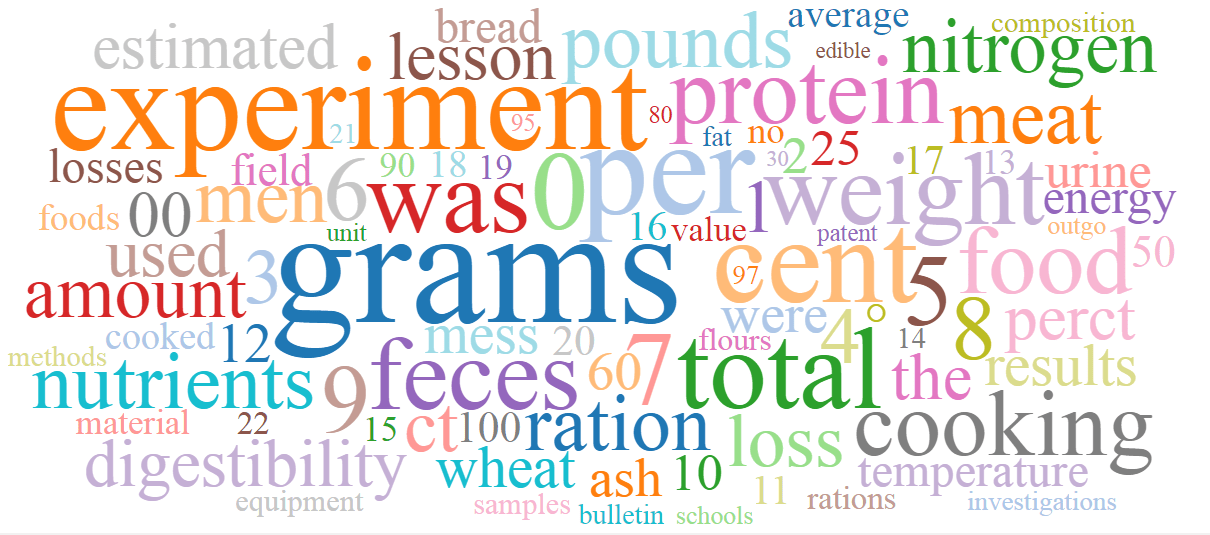
What do the words feces, urine, experiment, grams, and ration have to do with cookbooks? They are all over-represented terms in United States government publications on cooking. These publications include primarily military cooking manuals with some additional USDA recipe booklets focusing on nutrition and use of substitute ingredients during wartime rationing. The subject matter of these publications is quite different from the rest of the cookbooks in the collection and this difference is demonstrated in the word cloud above. The government publications take a much more scientific approach to cooking, focusing on experiments, nutrition and digestion, measurements, and rations per man.
The word “feces” was a valuable clue in interpreting and correcting the data visualizations in this project. The word first appeared in an over-represented tag cloud for books published in the Southern census region of the United States. It seemed hard to believe that cookbooks on Southern cuisine featured feces so a re-examination of the dataset was in order. Washington, D.C. is part of the Southern census region, but it is also the place of publication for large numbers of government documents. Separating out the books published by government agencies from the larger Southern set proved to be the answer to the problem. Without the government publications, the over-represented terms for the Southern set no longer contained feces, urine, or any of the other nutrition related terms.
This visualization was created by comparing two sets of texts, government publications and the full Early American Cookbooks set, using the Meandre Dunning Log-likelihood to Tagcloud algorithm in the HathiTrust Research Center Portal.


